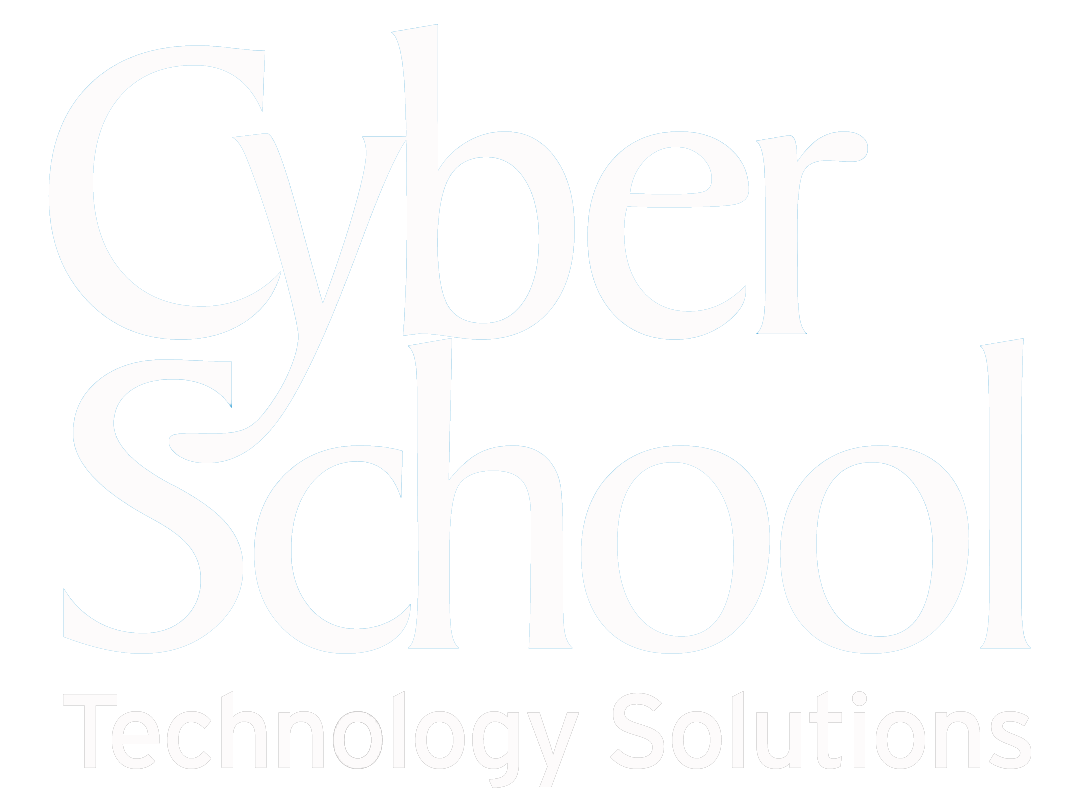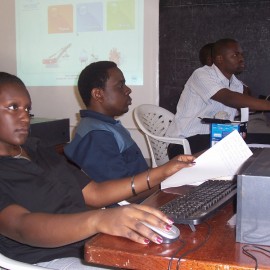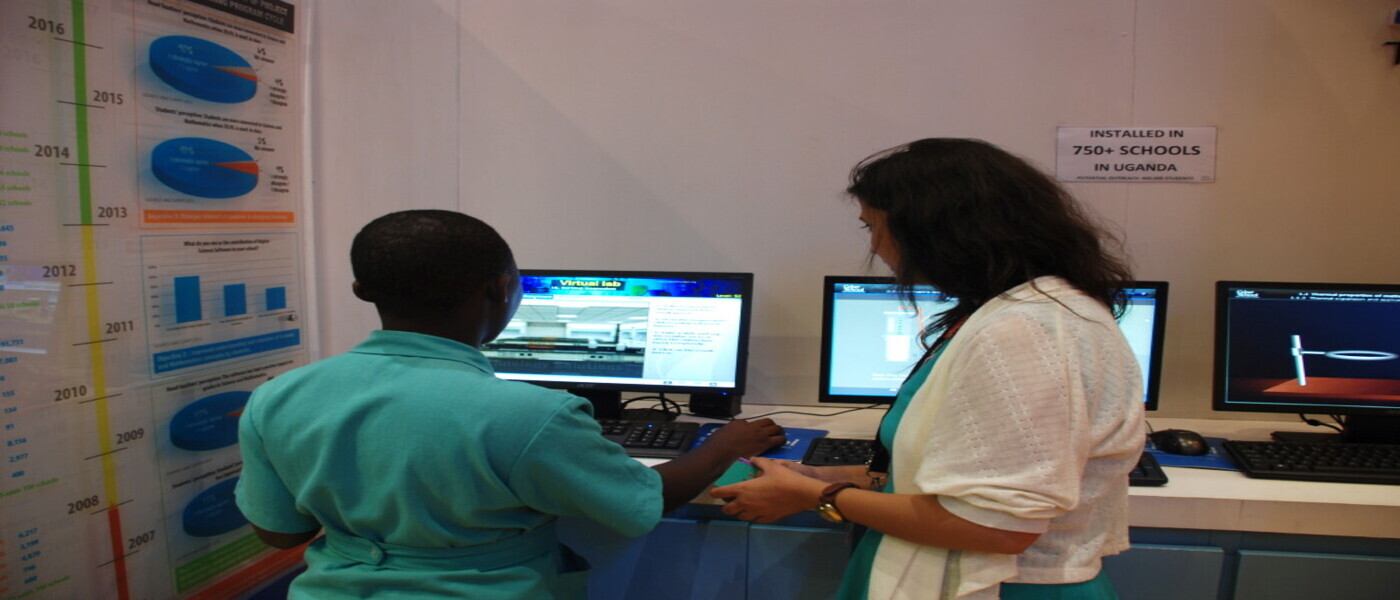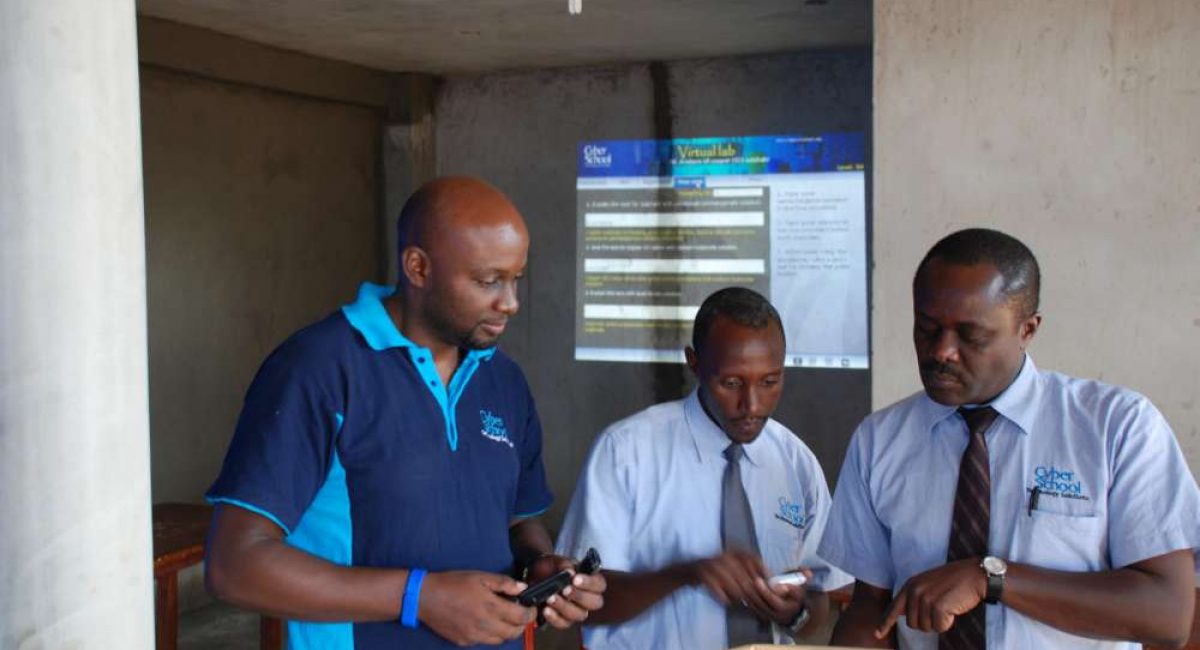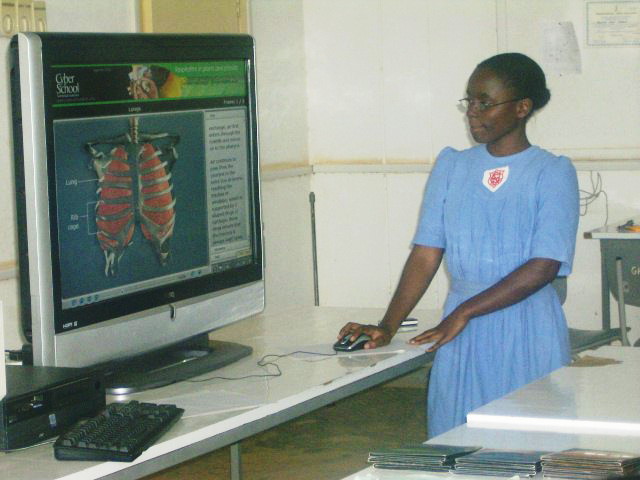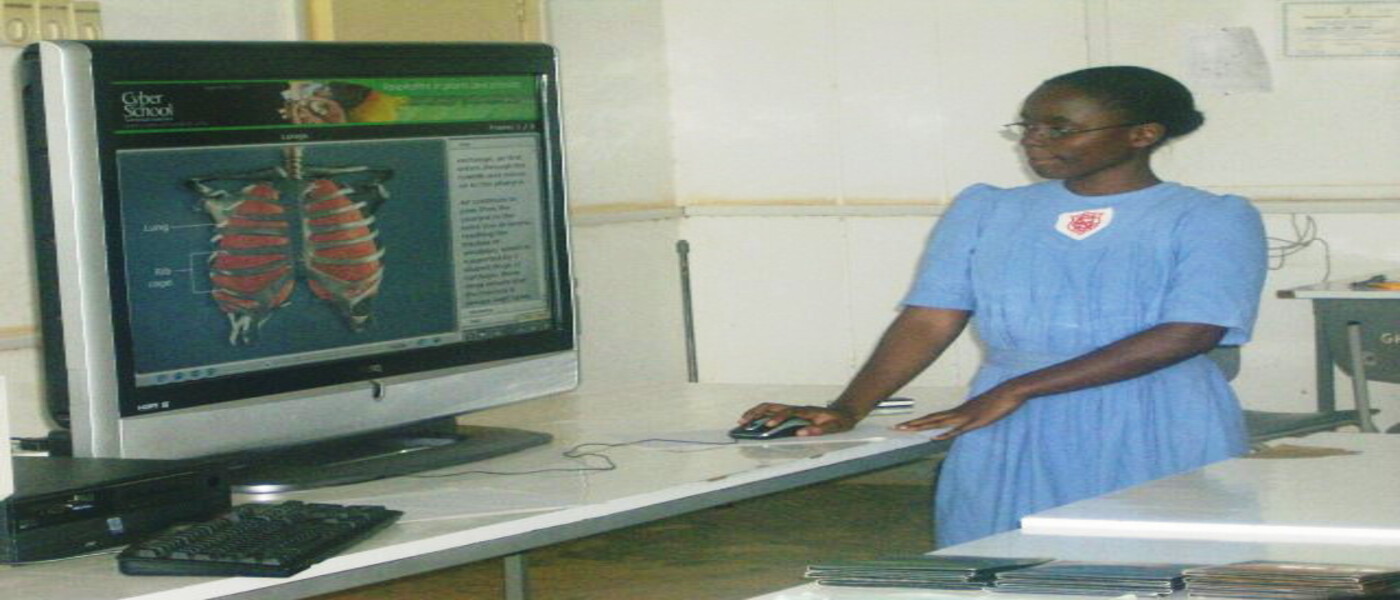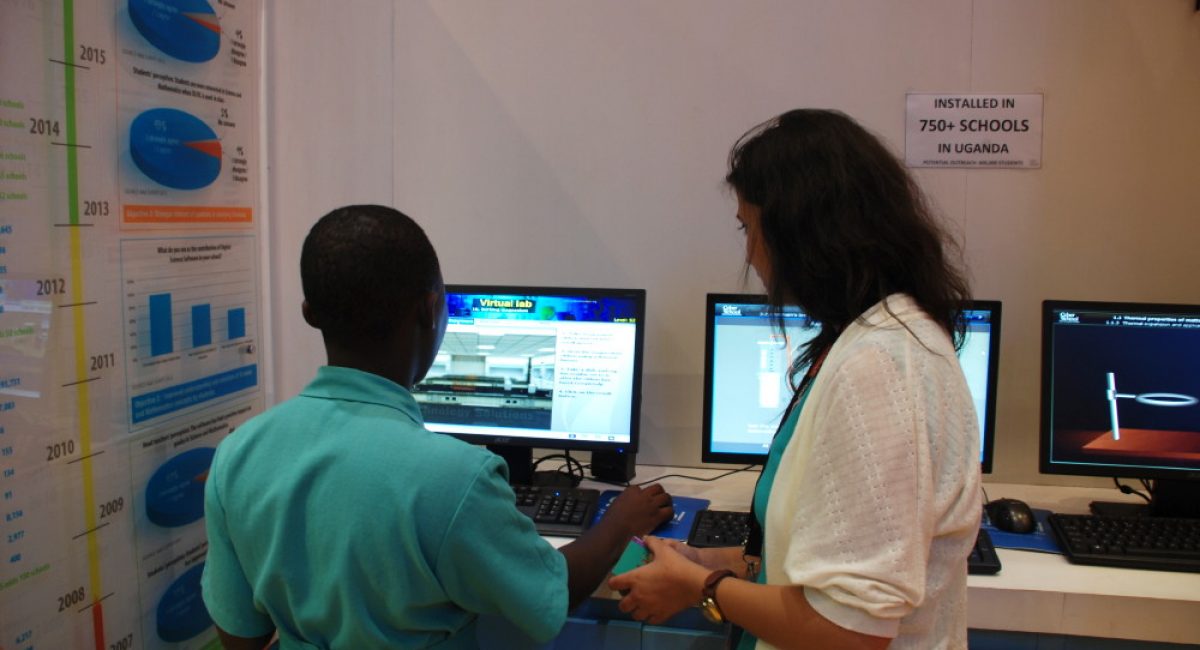Cyber School Technology Solutions (CSTS) is a global company offering online education systems, with experience designing and developing digital educational resources, portals and learning management systems. The one-stop-site for e-learning solutions, CSTS, works with experienced educators and technocrats across the globe in designing and developing these digital educational resources, portals and learning management systems. CSTS has worked for over 15 years in Uganda deploying its digitized version of the Uganda O-level curriculum in Sciences and Mathematics (Digital Science and Virtual Lab software) to over 1,000 secondary schools and educational institutions across Uganda.
In 2021, CSTS entered and partnered with Mastercard Foundation to implement a project called the Uganda e-Learning Initiative for Educational Institutions. The goal of the project is to improve access to quality and relevant education for 95,000 youth (50% women), in 20 Education Institutions (EIs), with 12,500 transitioning into meaningful and dignified work by 2026, with the anticipated impact on the education system of having a responsive education and training system that prepares and transitions young people into meaningful and dignified work. To achieve this goal, the project will be implemented in a phased manner starting with 7 higher institutions of learning and after two years the successful components are scaled to 14 more Higher Institutions of learning in the next 3 years. This is to be done by:
i. Supporting Education Institutions (EI) to successfully implement eLearning, thus increasing their resilience against COVID-19 and future situations preventing in-class learning.
ii. Addressing the skills mismatch between the young people graduating from EIs and employability by integrating work readiness and entrepreneurship skills into the technical skills curriculum.
This intervention will have two outcomes:
1. Increased access to market-responsive education and training systems through integration of work readiness and entrepreneurship skills.
2. Enhanced quality online education and skilling in Education Institutions (EIs).
The interventions to be implemented to achieve the above two outcomes are;
1. Development and adoption of work readiness and entrepreneurship skills
2. Deployment of Online Learning and Management System (LMS) platform for the 16/20 EIs that have expressed interest.
3. Training of instructors in digital pedagogy and instructional design, content development, and online acquisition
4. Increasing access to affordable internet and devices
5. Supporting EIs in the development, adaptation, and implementation of eLearning policies
6. Supporting the transitioning of youth into work through internships and work-study programs. For successful implementation of these interventions especially 2 and 4 requires Education Institutions (EIs) to have reliable power supply. As such, Cyber School Technology Solutions through this call, is seeking for the services of a supplier to supply and install Solar Systems at designated CSTS sites.
Please download the file below for the full document or you can browse through it using the file viewer.
